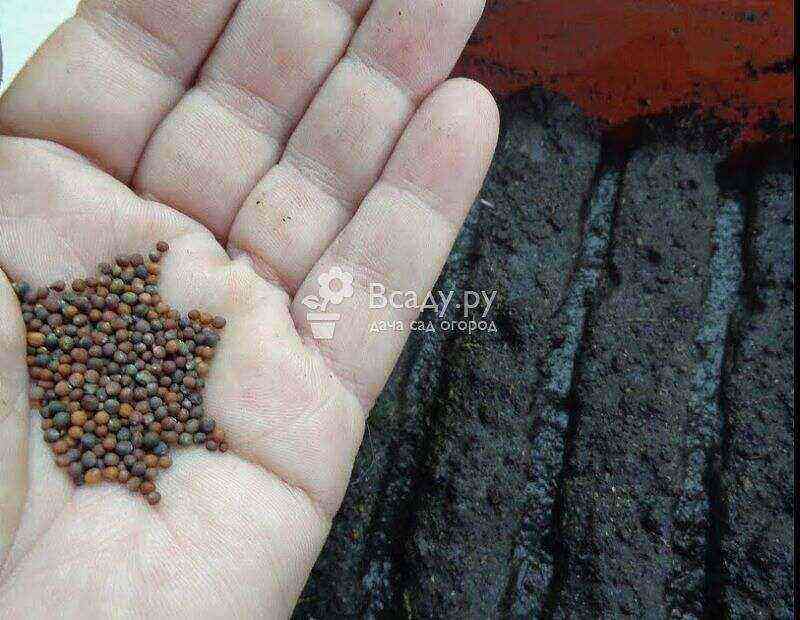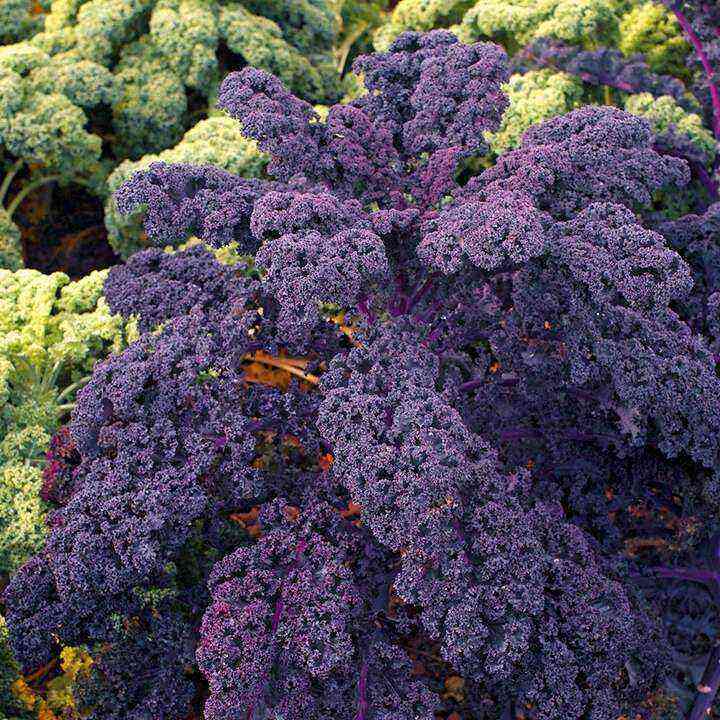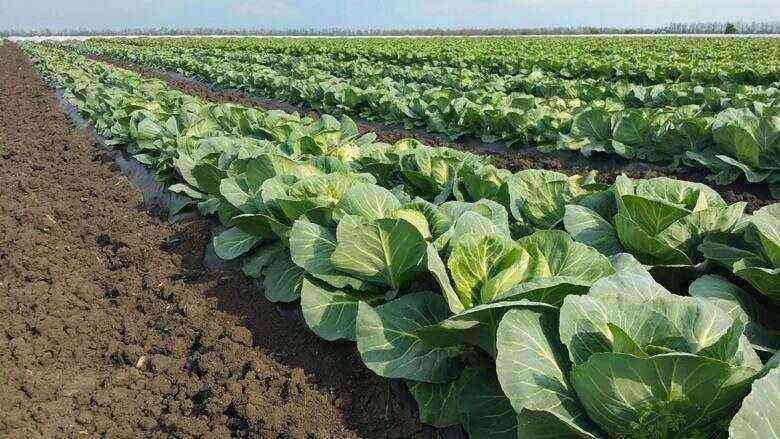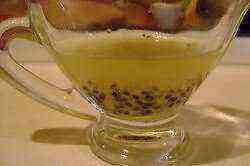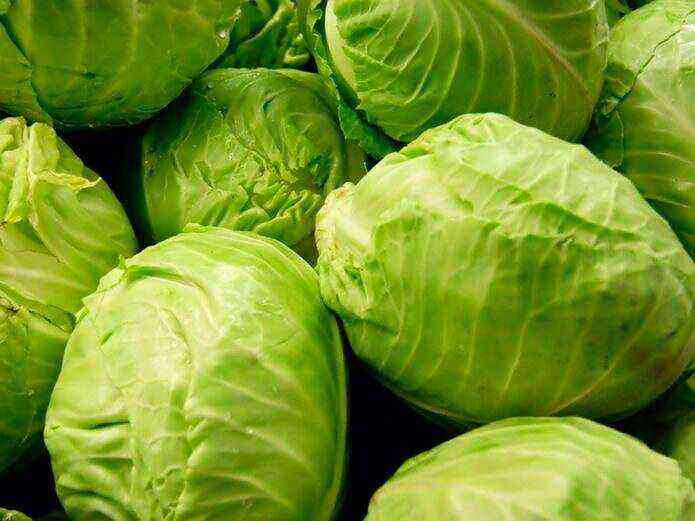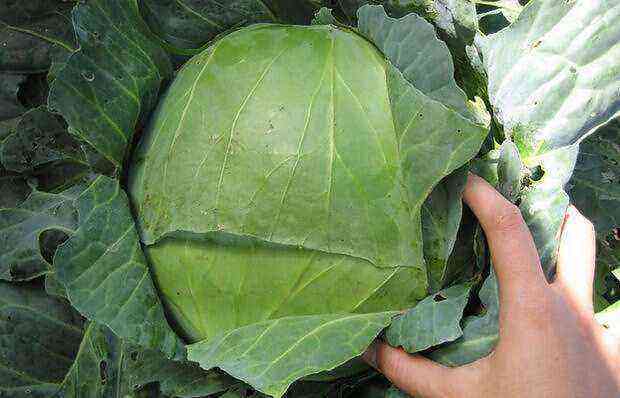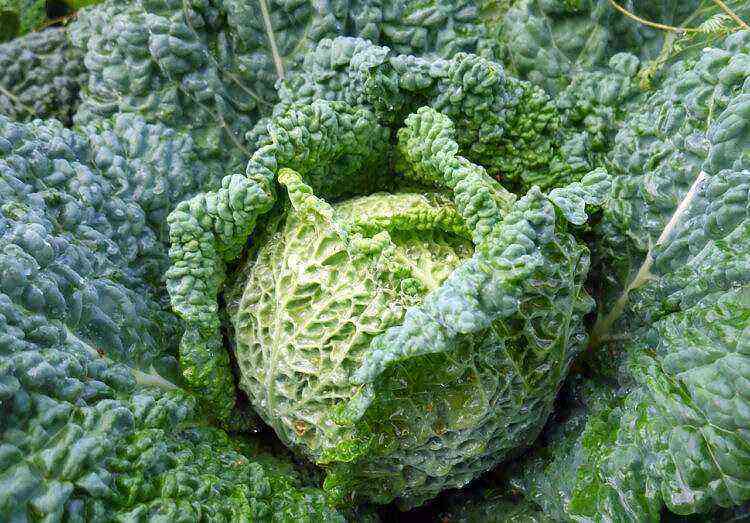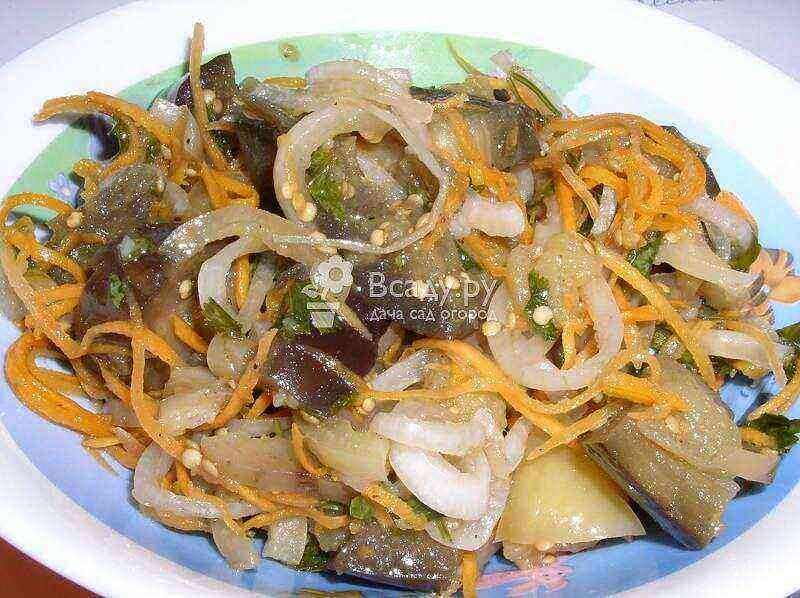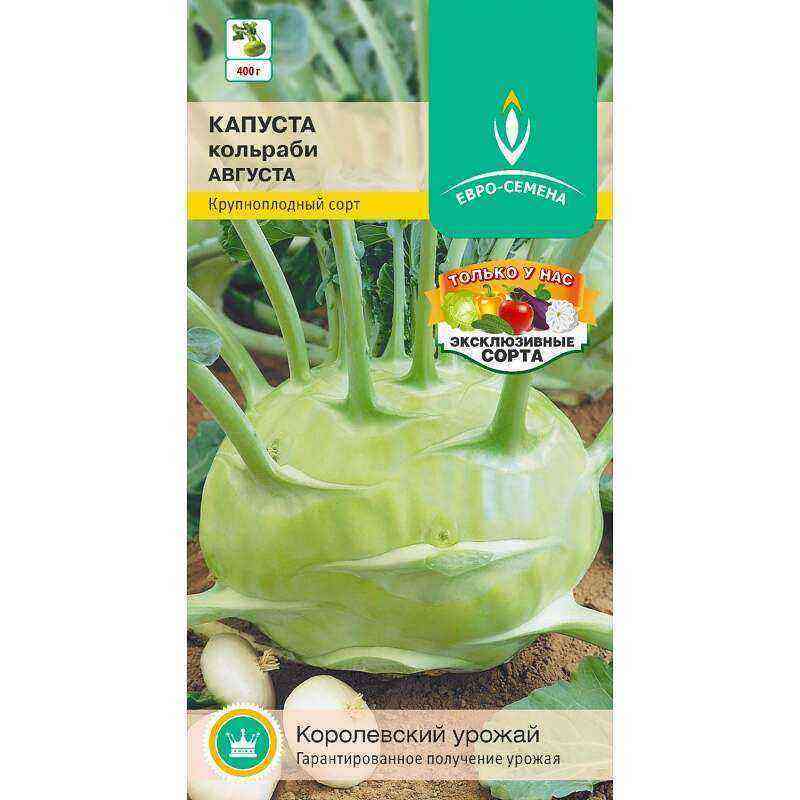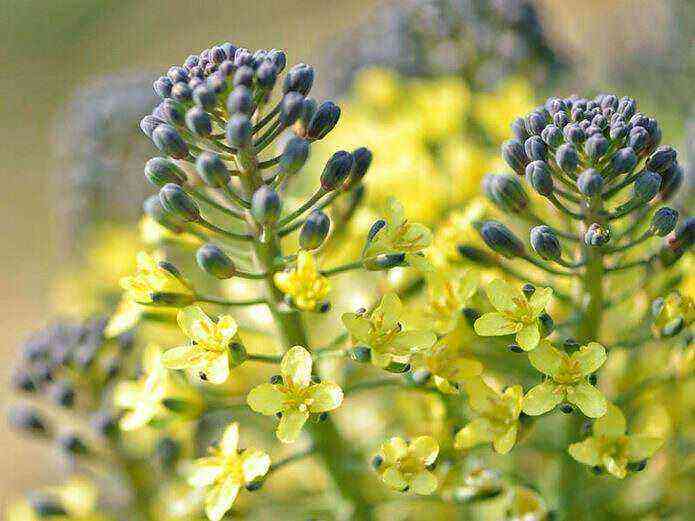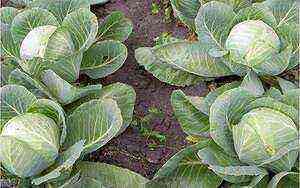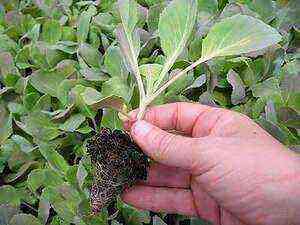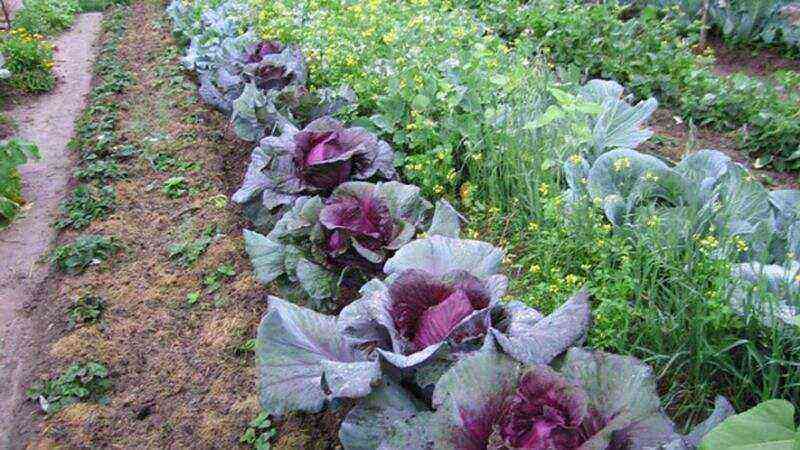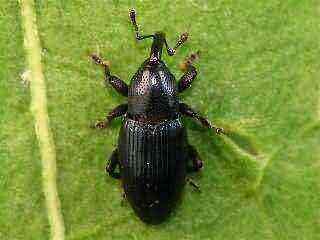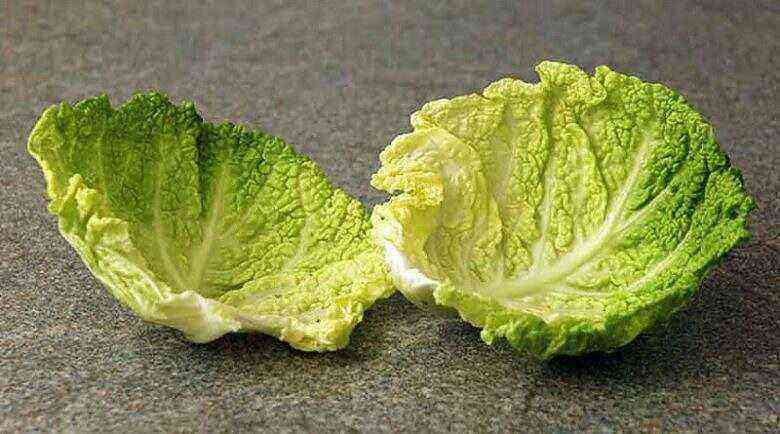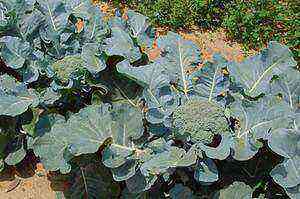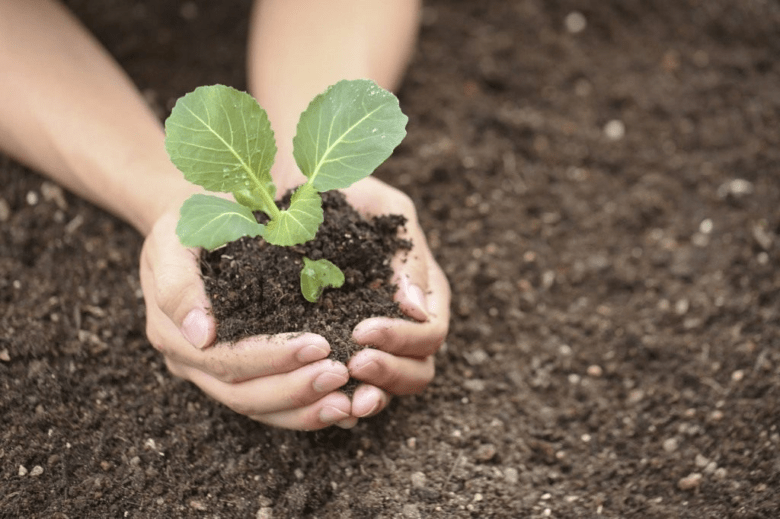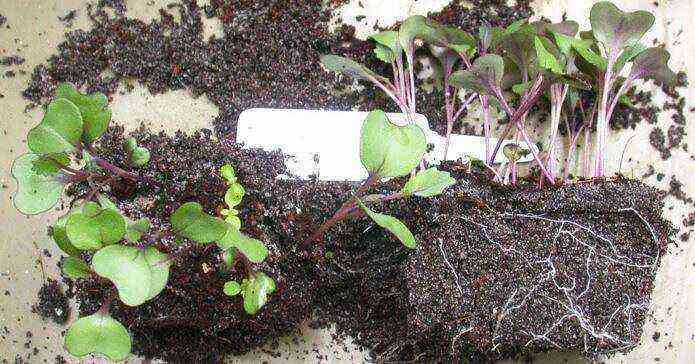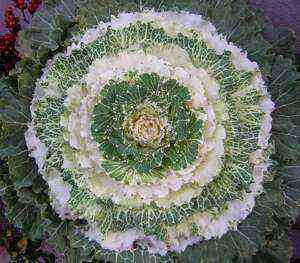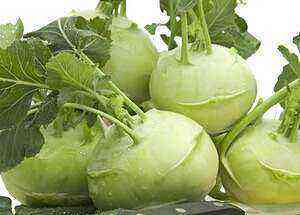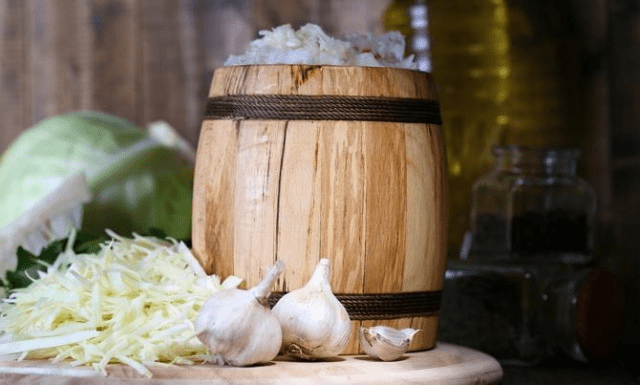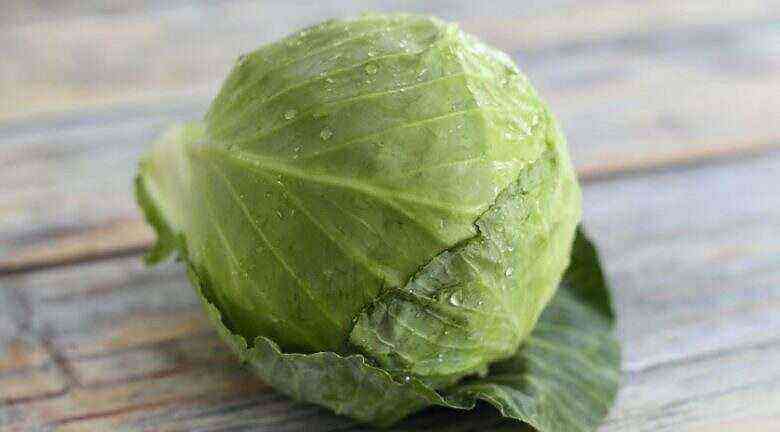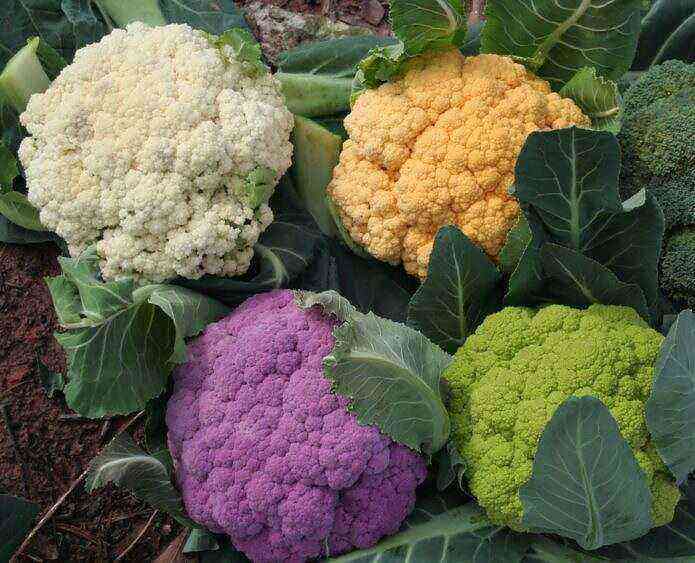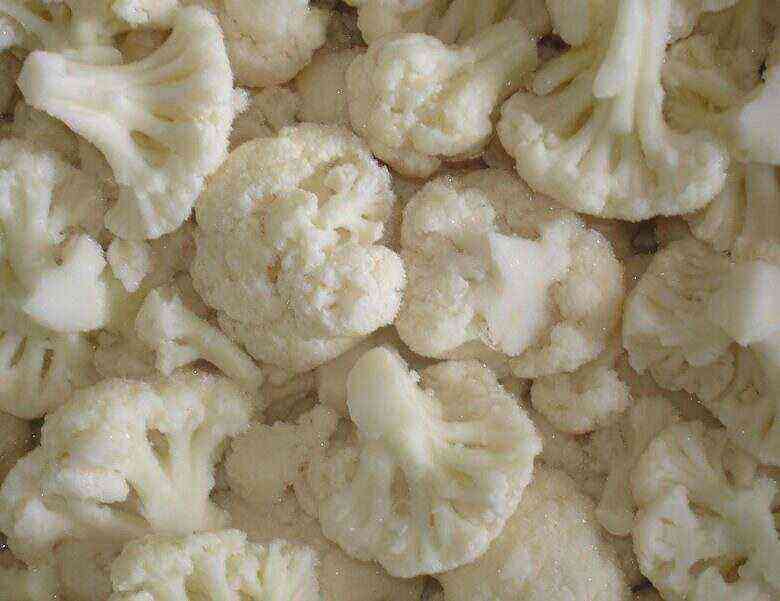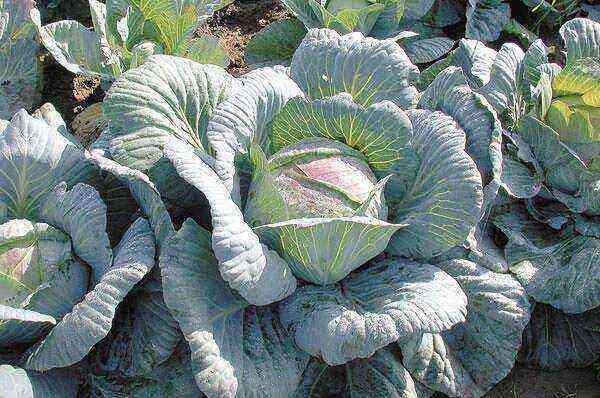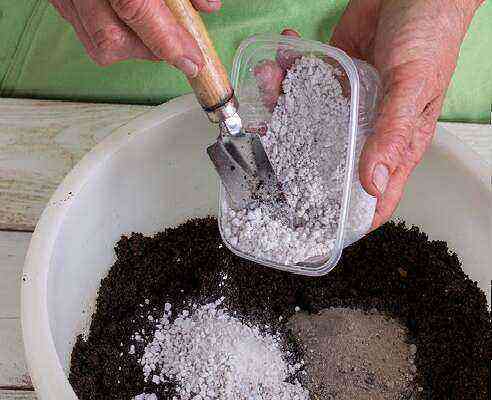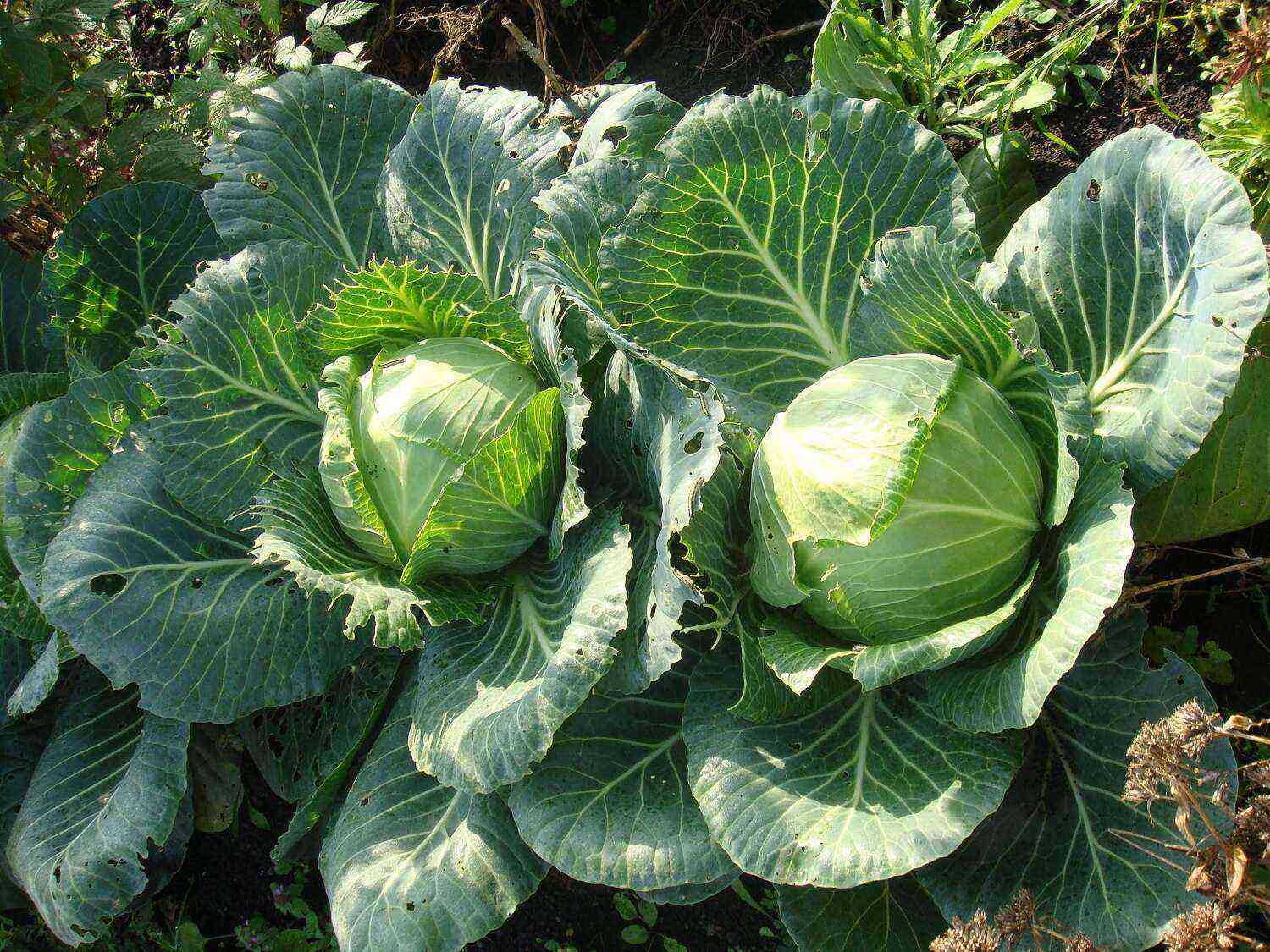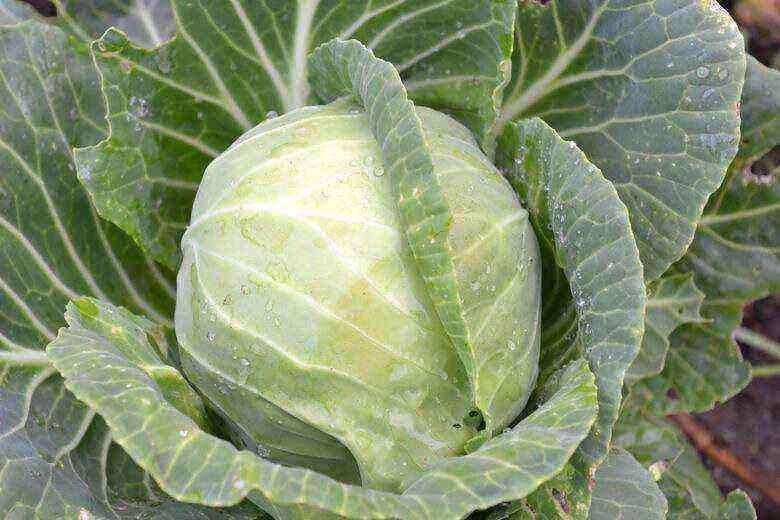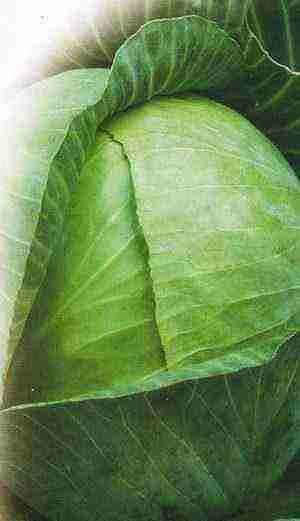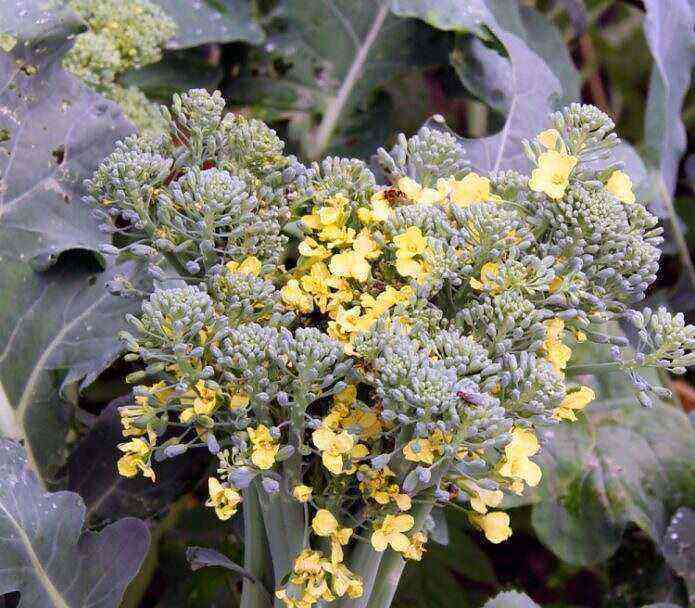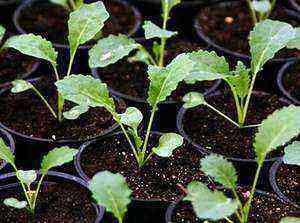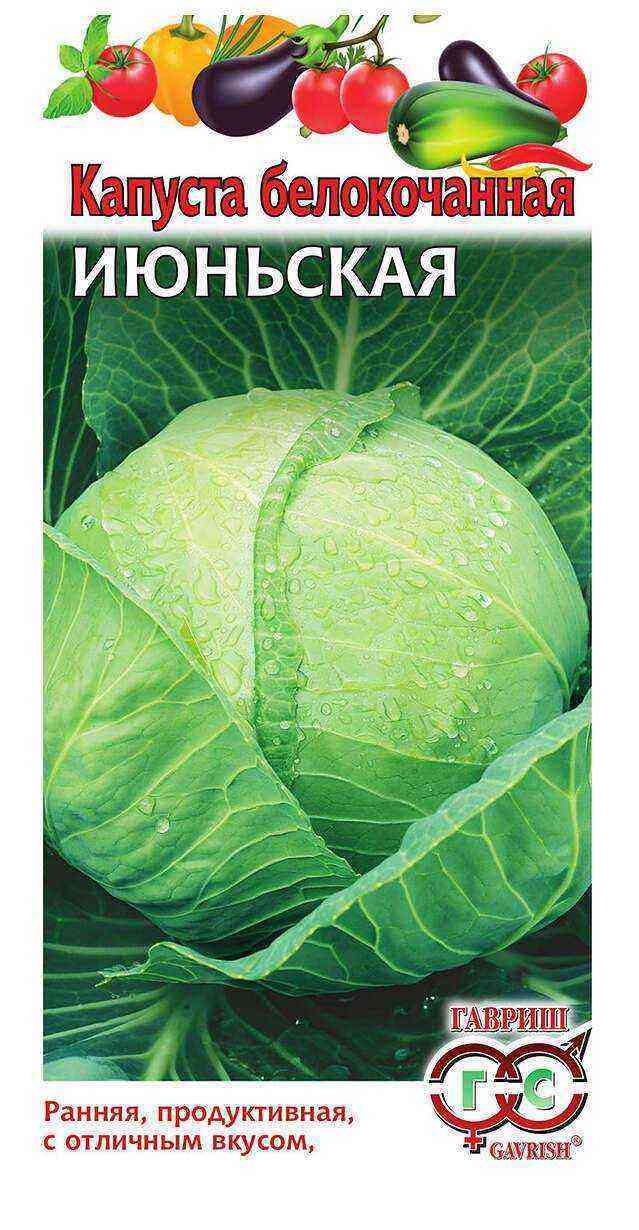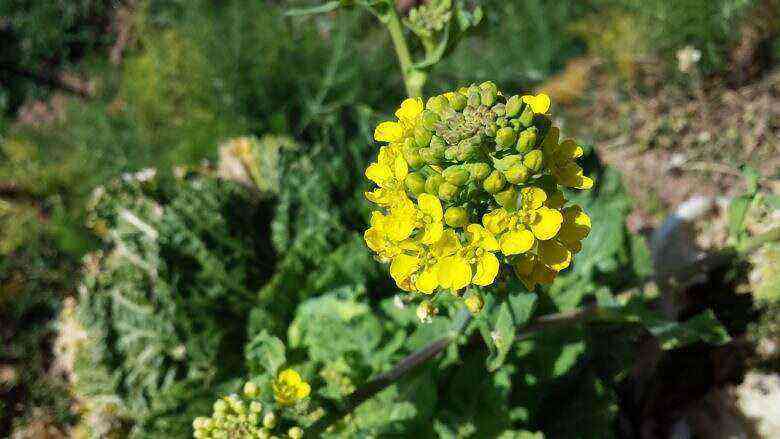Why cauliflower color? It’s simple – a head of cabbage is unblown inflorescences. Not unfolded because the head is cut off in time.
Nutritionists recognized the vegetable as the most useful, and there is plenty to choose from! It contains all the vitamins and minerals necessary for a healthy diet. This tender, in the literal sense, vegetable, is completely absorbed by the body. It is the first for baby and medical nutrition. For a minute, 50 g of vegetable contains a daily dose vitamin C… Vitamin A, vitamins of group B … you can list all the advantages for a long time. Resolved! We plant cauliflower in our own garden.
Predecessors and neighbors
All garden plants are responsive to care and maintenance, pay with a rich harvest, which generates income and feeds the whole family. One of the ways to care is to follow the rules of crop rotation and the principles of good neighborhood.
Correct predecessors:
Wrong predecessors:
After the wrong predecessors, it is better not to plant the cauliflower for 3-4 years.
Good neighbors and good friends:
- celery reliably protects the plant from the spring cabbage fly, which cannot stand its smell.
- Fungicides tarragon, marigolds drive away aphids.
- Peas attract predators, aphid hunters.
- Garlic and tomatoes deter cruciferous flea beetles.
Therefore, it is always worth growing various plants in the country or in the garden that will help each other.
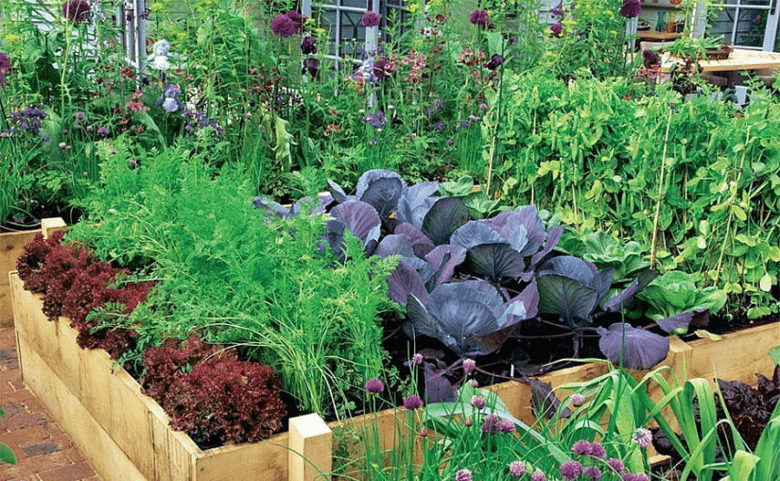 Everything mixed up in the garden beds
Everything mixed up in the garden beds
The timing of planting seeds for seedlings and planting them in the ground
- Early cauliflower varieties are sown in late February and early March. For the ground, it is ready at the end of April, in the first half of May.
- The middle-ripening varieties can be sown after April 10, after a month and a half, the seedlings are transferred to open ground.
- Late ripening cauliflower varieties are planted about 1-1,5 months after sowing the seeds.
Soil Preparation
Soil for seedlings is purchased in the store ready-made or collected independently, on the eve of autumn. The soil should be neutral, nutritious, loose. Approximate composition:
- peat 1 part, humus 10 parts, sand 1 part
- peat 3 parts, humus 1 part, rotted sawdust 5 parts.
Peat absorbs moisture well, does not condense, humus provides the necessary nutrition.
Any soil, purchased too, must be thoroughly disinfected. Steam with boiling water, wrap with foil and let cool. After drying, fry in the oven for 2 hours, these measures destroy viruses and fungal diseases, for example black leg… Seedling losses from this infection can be 60%. You can also treat the soil with a weak solution of potassium permanganate.
Then nitrogen fertilizers are introduced into the soil: ready-made complex fertilizers 50 g per kg of land, urea 20 g. Additionally, add 1 glass of wood ash to a bucket of substrate. It is a natural source of potassium and regulates the acidity of the soil.
Variety selection and seed preparation
Before planting cauliflower, you need to choose the right variety. All types of cauliflower, like other crops, are divided according to the ripening period. If you want to have this healthy vegetable on the table all summer and autumn, as well as lay some excellent forks for winter storage, plant all varieties. That is: early maturing, mid-maturing and late-maturing. Consider the best representatives of this family.
Early-ripening varieties:
- Grade “Snowball” – one of the best among early maturing varieties. Round, snow-white, small specimen. The weight of one inflorescence is 800-900 g, 60 days pass from transplanting to full maturation. In the south of Russia, in the black earth zone, you can get two crops per summer, due to the short ripening period. The variety is famous for its resistance to various diseases, the seedlings take root well in the open field, the forks ripen together. Bushes, due to their compactness, do not require much space. Seedlings are planted on a garden bed according to a scheme of about 50 * 50 cm.
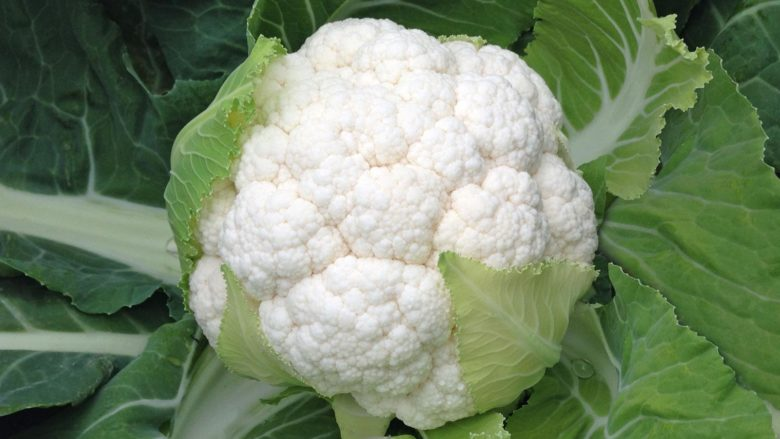 Real “Snow Globe”
Real “Snow Globe”
- Grade “Summer resident” – the fruits ripen for a long time, but this has its own reason, you can gradually process the crop. Cauliflower ripens 80-90 days after transferring the seedlings to the beds. The weight of the round heads is about 1 kg. The head of cabbage looks even, snow-white, slightly flattened. The variety has a high nutritional value, the sugar and ascorbic acid content is above average. Dishes made from such a vegetable have a peculiar taste. The heads of cabbage are small, so there is no need to plant tightly. The approximate distance between the bushes of seedlings is 50 * 50 or 50 * 70 cm. One of those varieties that are successfully stored in the cellar all winter (if the storage conditions are met). It tolerates transportation well.
- Grade «Malimba» – beyond praise! The head of the cabbage is dense, rounded, white, gaining weight up to 5 kg. It grows successfully in areas with different climatic conditions. Very early ripening is within 55-60 days from the moment of planting seedlings in open ground.
- Grade “Movir – 75” – early maturing, low and high temperature resistant hybrid cauliflower variety. In the southern regions and even in the region of central Russia, 2 crops have time to ripen over the summer. The rounded-flattened head of cabbage has a white-cream color, weight from 500 to 1100 gr. The delicate taste of the vegetable will appeal to children. The seeds have good, friendly germination. If you sow seedlings in February, then the first crop appears in June. In this case, the seedlings require more careful care and attention. You can transfer it to a greenhouse or cover the beds with foil to save it from spring frosts, planting from mid to late May. The holes in the garden are placed at intervals of 50-60 cm, the same distance between the rows. Unlike other hybrids, Movir is not resistant to diseases and pests.
Medium-ripening varieties:
- Grade “Goat Dereza” has excellent recommendations from experienced summer residents. The plant is compact, white head with a yellowish or reddish tint. Inflorescence weight 0,8-1 kg, cap is dense, bumpy. It takes 55-70 days to ripen the variety, shoots begin to be planted in open ground from the second half of April to mid-July. High% seed germination, friendly development. Planting scheme: 4 plants per 1 sq.m. The variety loves regular feeding with potassium-phosphorus fertilizers.
- Grade “Flora form” – the head is white with a beige tint, slightly flattened. The weight of a ripe vegetable is from 1 to 1,3 kg. Forks ripen almost simultaneously in three months. It does not take up much space, 50 * 60 cm is enough for one bush. Cabbage tolerates early spring frosts, viral and fungal diseases well. Stored for a long time without losing useful qualities.
- Grade “Yarik”… Bright yellow-orange head of cabbage, weighing 300-500 grams. Development time is 95-110 days. The hybrid has a high content of vitamin A and beta-carotene.
- Grade “Purple ball” – high-yielding, frost and disease resistant. This variety has an amazing, vibrant, purple-purple color. The taste is delicate, softer than that of snow-white varieties. Recommended for medical and baby food. Contains a lot of protein and a rich vitamin and mineral complex. The inflorescence mass reaches 1,5 kg, the development time is 110-115 days. Seedlings are sown in April, they are transferred to open ground after May 15, an approximate planting scheme is 40 * 60 cm.
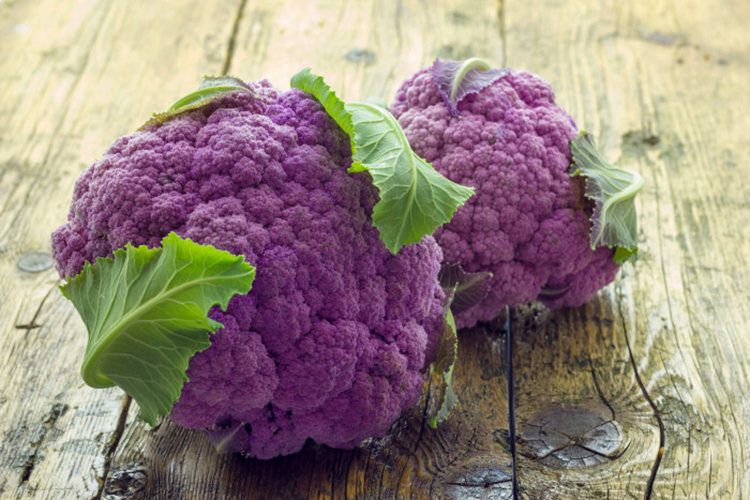 Variety “Lilac ball”
Variety “Lilac ball”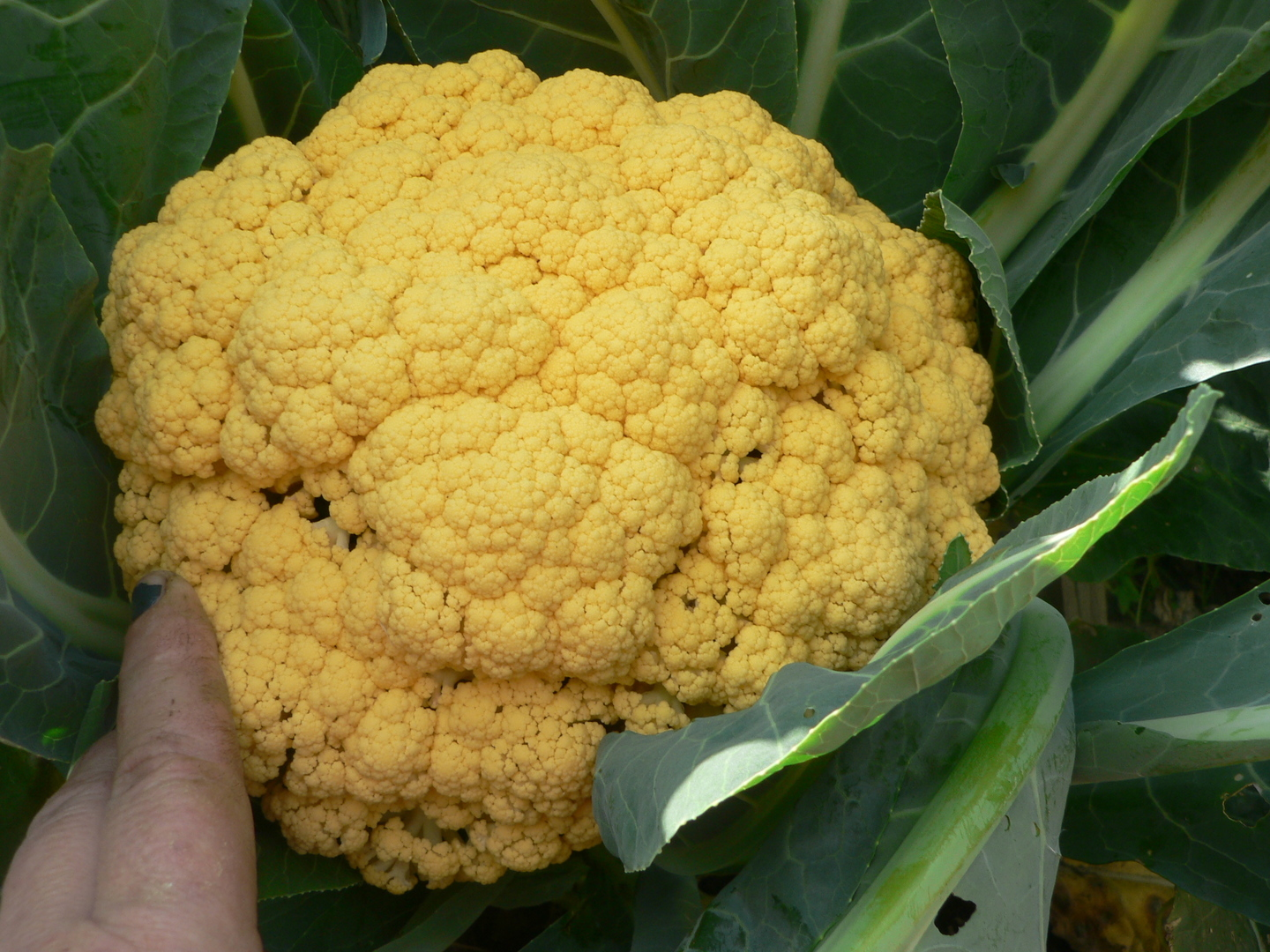 Variety “Yarik”
Variety “Yarik”
Late varieties:
- Grade “Autumn giant” – dense, snow-white head. Weight on average from 1,5-2,2 kg, high content of vitamins, protein, sugars. Unpretentious in care, tolerates climatic fluctuations and autumn frosts well. Productivity 6-7 kg from 1 sq.m. Suitable for long-term storage, canning, diet food. Seeds are sown in early April, ready for use in 120-130 days.
- Grade Cortez F1 – the hybrid brings a bountiful harvest. Among the late varieties, it is considered the most productive. Resistant to diseases and adverse climatic conditions. A large inflorescence, from 2 to 3,5 kg, requires regular fertilization. The crop ripens 80 days after the seedlings are transplanted into garden beds. Differs in the peculiarity: it is able to self-cover with the upper leaves, escaping from heat and frost. The holes are planned according to the scheme: 60 * 70 cm, 80 cm between the rows.
It is not difficult to grow cauliflower so that the heads of cabbage are tied: we prepared the soil, chose a variety, now it’s time to start seedlings. To grow healthy seedlings, several important conditions must be met when preparing seeds at home:
- First: check the suitability of the seeds… First, choose the largest ones, then pour them into a glass of water and stir. Those that remain on the surface can be safely thrown away, they are empty.
- Heat treatment: pour the seed material with hot water, no more than +50 degrees, leave in a thermos for 10-15 minutes. The second way: pour into a fine sieve and pour over with boiling water. Immediately place the seeds in cold water for 1-2 minutes. This is a prophylaxis against viruses and shooting.
- Next stage germination: seeds are soaked for a day in warm water or in a mineral mixture (“Fitosporin”, a weak solution of nitrophoska).
- Final stage – hardening, increases the resistance of plants to diseases, frosts. The seeds are washed, dried and refrigerated for 1 day. You can repeat the procedure by keeping the seeds warm for a day.
 Seed preparation stages
Seed preparation stages
Growing and caring for seedlings
How to plant cauliflower seedlings correctly? Drainage must be poured at the bottom of the box. River sand, expanded clay, vermiculite, buckwheat husk are well suited, it is sold in specialized stores. The husk decays and becomes an additional source of nutrients, is used as mulch. After drainage, prepared soil is poured. Sow to a depth of 0,5 cm, no more. The soil surface is compacted and watered.
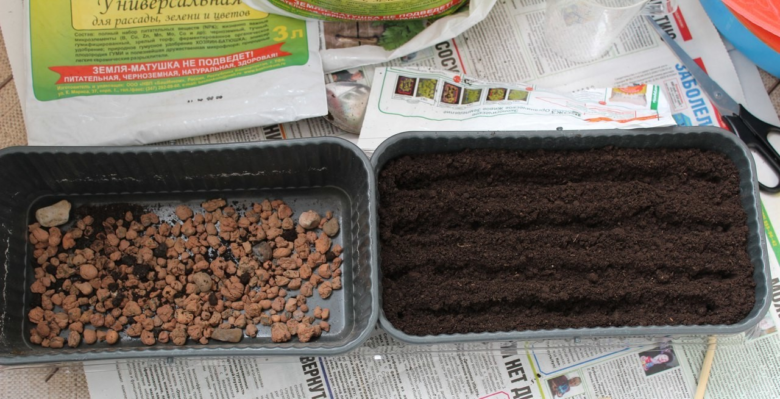 We plant seedlings at home
We plant seedlings at home
Watering and top dressing
Cauliflower seedlings do not tolerate excess moisture, and they do not like dryness. Watering should be done in moderation, 1-2 times a week with settled warm water. Can be mulched with sand, crushed needles or vermiculite. It is a natural mineral, thanks to which plants receive additional nutrients: calcium, magnesium. It is not necessary to loosen the soil in the boxes, the roots of the seedlings are located close to the surface; they are easily damaged. It is advisable to ventilate the room more often where the boxes with seedlings are located.
After the appearance of 2-3 leaves, the seedlings are sprayed with: 2 g of boric acid per 1 liter of water.
After a while, when there are already 4 leaves, a mixture of water and ammonium molybdenum is used. Seedlings respond well to feeding with boron and molybdenum. 10 days before being transferred to the beds, the seedlings are fed: for 1 liter of water, 3 grams of superphosphate and potassium chloride. This strengthens the plants, increases cold resistance. Before planting in the ground, the seedlings are gradually hardened in the open air, for example, on the balcony.
Pick and pinch
Cauliflower does not like picking, so it is best to plant at once in portions. In peat pots, plastic cups or special boxes with compartments. This will make growing the seedlings much easier and save them from the stress of replanting.
 “Portion” of cabbage
“Portion” of cabbage
If you do sow seeds in a common box, choose a deeper one and sow less often so as not to damage the root system during transplantation. A dive is done when the seedlings are two weeks old, carefully cutting out a clod of earth around the perimeter.
What to do with weak seedlings? Under no circumstances pull it out of the ground! This can damage the roots of nearby bushes. An unnecessary sprout follows simply pinch, i.e. remove it with your fingers or scissors at the very base.
Temperature conditions
After picking, create cozy conditions for the seedlings. First of all, place the boxes as close to the light as possible. Until the seedlings take root, a comfortable temperature for them in the room is 21-22 degrees. Then it should be lowered, enough 16-17 degrees during the day and 9-10 at night. This will greatly strengthen and harden the plants.
Seedlings of cauliflower – the subtleties of the process
Site selection and soil preparation in the garden
Cauliflower grows well in a sunny area, in neutral or alkaline soil. The preparation of the cauliflower beds begins in the fall. Dig it to a depth of 15-20 cm, if the soil is acidic, slaked lime must be added.
You can determine the pH of the soil in the laboratory by doing an agrochemical analysis. Neutral pH7, lower in acidic soil, higher in alkaline soil.
An acidic environment is not suitable for most garden crops, it inhibits the root system of plants. To reduce acidity, lime is lime with various materials:
- fluff (slaked lime),
- marl (rock of clay-carbonate composition),
- a piece of chalk,
- dolomite flour.
With the regular use of mineral fertilizers, the soil gradually acidifies, periodically after 6-7 years – this must be corrected. If only organic fertilizers are constantly used, lime can not be used.
In the spring, a bucket of humus (compost), two good handfuls of wood ash and a little carbamide (urea) are added to one bush.
Transplanting
Seedlings of cauliflower are transplanted outdoors in cloudy, warm weather, ideally in the evening or after rain. The distance between the bushes depends on the variety, carefully read the instructions on the package with seeds. We will also share the secrets of growing and how to plant cauliflower:
- the gap between seedlings in a row should be about 30-40 cm
- between rows not less than 0,5 m
- the bushes are buried to the first leaves, watered
- if planted in April, at the beginning of May, the beds are covered with a film for the first time in order to save from possible frosts
- or cover each bush with a cut plastic bottle, mini greenhouse
- transplant seedlings with at least 4 leaves
- if the soil was not previously prepared, a little ash and humus are poured into the hole
 We plant cauliflower in the garden
We plant cauliflower in the garden
Growing outdoors from seeds
It is not difficult to grow cauliflower with seeds in the open field by seeds, but it is productive only in the southern regions. Sow seeds in open ground at the same time as seedlings. In this case, preference is given to early and mid-season varieties.
The beds are covered with cellophane, spunbond or a plastic bottle to protect them from possible frost. In cold and temperate areas, it is better to pre-grow seedlings at home, in greenhouses or in a greenhouse. Late-ripening varieties planted with seeds in the middle lane will not have time to ripen.
Care
Outdoor grooming is very similar to caring for other types of cabbage.
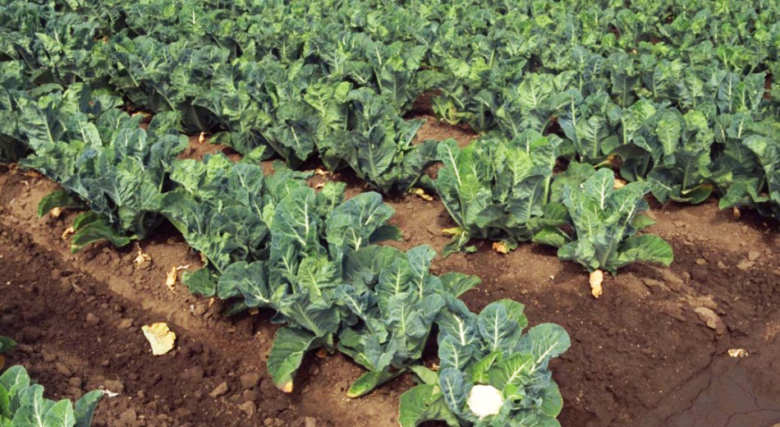 How cauliflower grows outdoors
How cauliflower grows outdoors
Watering and mulching
Cauliflower, like other types of cabbage, loves abundant watering. Enough one, two times a week. The first time after planting seedlings, watered more often. In order not to provoke the appearance of fungal diseases, rely on common sense, do not overfill in the hope of a big harvest.
Mulching the soil will help maintain a sufficient amount of moisture, save it from overheating, stop the growth of weeds, and inhibit the growth of pathogens. Sprinkle the ground around the bushes with any mulching material:
- needles, cones,
- hay and straw,
- vermiculite,
- leaves,
- crushed nut shells, seed husks, buckwheat husks.
 Mulch for beds
Mulch for beds
Weeding, loosening, hilling
Mulch, unfortunately, is not eternal, it quickly decays, it needs to be renewed. Therefore, it is important to loosen the soil. It is necessary to process the beds with cauliflower carefully, so as not to damage the roots, to a depth of no more than 5 cm. Along the way, weed the weeds, which will then go to mulch. Cover the bushes with loose earth, it is important not to fill up the outlet with the growth point near the seedlings.
Top dressing and shading of bushes
Enough two or three dressings in the open field per season. The first two weeks after planting seedlings with infusion of mullein 1:10 or bird droppings 1:20.
When the heads of cabbage are tied, use the same organic fertilizers with the addition of nitrophoska 1 tablespoon per bucket of water.
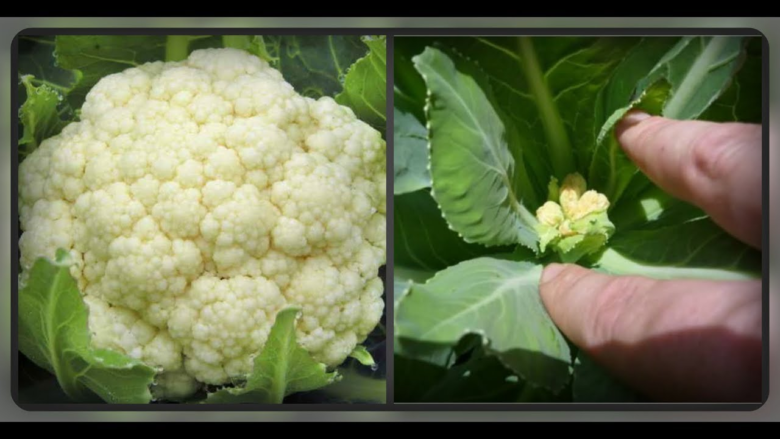 Ovary and ready head
Ovary and ready head
Cabbage needs good lighting, but the heads of cabbage in direct sunlight become stained, loosened, cauliflower begins to bloom. Therefore, heads of cabbage need to be shaded. The leaves of the plant itself are best suited for this.
To better set the heads of cabbage, the leaves do not need to be plucked or wrinkled, it is better to connect the tops with a dome and tie with an elastic band or clothespin.
If cauliflower blooms in the early period of growth, then this is most likely due to low-quality seeds. Even if you decide to get seeds from this bush, then there is a risk that it is dusty with other plants and good cabbage will not grow from such seeds. Therefore, it is better to remove such unexpectedly flowering plants,
What determines the yield of cauliflower
Protection against diseases, pests and control of them
Cauliflower is no less susceptible to pest attacks than other cultivated plants. It is worth the seedlings appear in the garden, right there cruciferous fleas… In a short time, they are able to spoil and destroy an impressive number of plants. Ordinary wood ash will help get rid of them. Young leaves are powdered with dry ash, beetles will not touch them. This must be done until the bush grows up and the leaves become coarse, such plants no longer eat fleas. The bugs cannot stand the smell of tomatoes and garlic.
Slugs love shade, dense thickets. Therefore, they are not interested in weeded, mulched beds. You can arrange a barrier for them in the aisle of their crushed eggshell, sand, ash, vermiculite. A naked, delicate mollusk will not be able to overcome this obstacle.
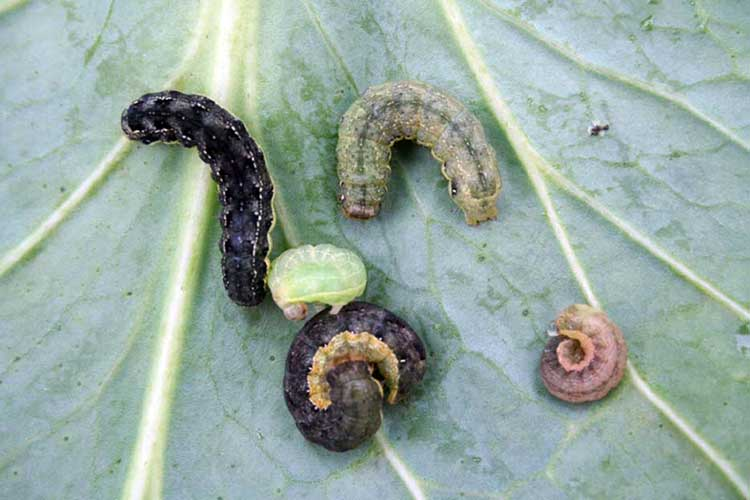 Everyone “loves” cauliflower
Everyone “loves” cauliflower
Caterpillars of whiteworm, moth and cabbage scoop gnaw on the leaves of cauliflower, damage the inflorescences. Treatment with a solution of “Entobacterin-3” will help to get rid of them; it is also necessary to constantly collect the caterpillars by hand.
aphid a very dangerous enemy, not only does it suck all the juices from the plant, it carries dangerous viral and fungal diseases. Preventive measures: remove all plant residues from the previous season from the site. Densify cauliflower beds with tomatoes that are scent-resistant to aphids. Affected plants are sprayed with Aktara and Biotlin insecticides.
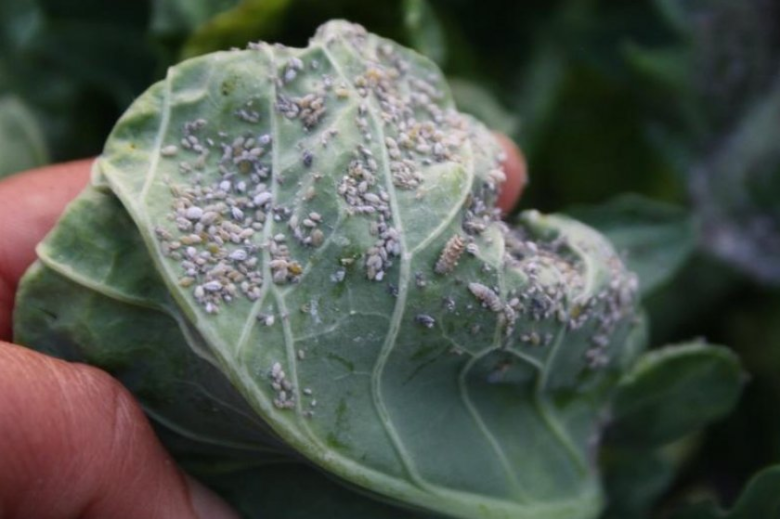 Aphids on cabbage leaves
Aphids on cabbage leaves
Frequent guests on cabbage beds viral and fungal diseases.
pounds – because of it, growths are formed on the roots, due to which the root system dies. Too moist and acidic soil contributes to the development of this problem. A good prevention is the introduction of ash into the soil throughout the season. On the site where the keela was seen, all types of cabbage must not be grown for at least five years.
Mucous bacteriosis – dark, watery spots appear on the heads of cauliflower. Soon, plant tissue in this place begins to rot, a disgusting smell appears. Excessive moisture aggravates the disease process. The affected areas are removed by cutting out together with healthy tissue. If the disease manifests itself again and again, the plant must be removed and destroyed. For prevention, young seedlings are treated with a mixture of water and colloidal sulfur. After harvesting, all plant residues are removed from the garden.
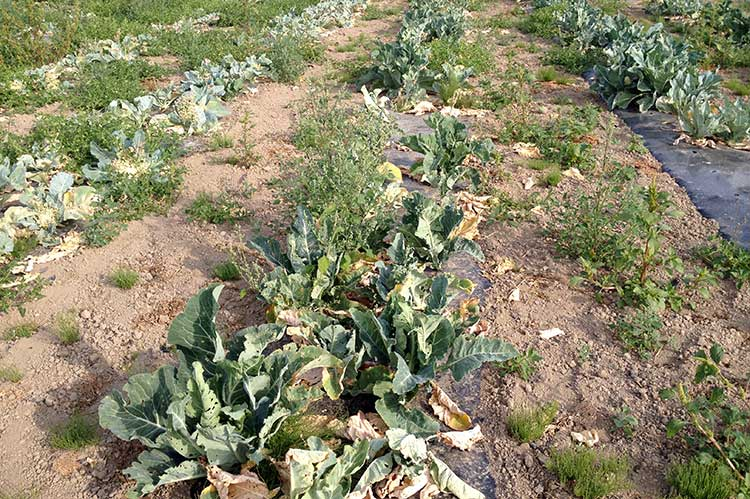 Fusarium in cabbage beds
Fusarium in cabbage beds
Fuzarioz – provoked by a fungus that enters the vascular system. The leaves of the plant turn yellow, followed by dark specks, the veins turn black. Soon the leaves fall off, the inflorescence is deformed. Method of treatment: treat the bushes with “Fundazol”.
Conclusion
We have tried to describe in detail the technology of growing cauliflower. Described the problems and suggested a solution. We talked about the benefits of this delicious vegetable. A rich harvest will be a reward for hard work, worries and time spent, all the more so taking care of cabbage is not at all difficult.
Growing cauliflower from seed to harvest
